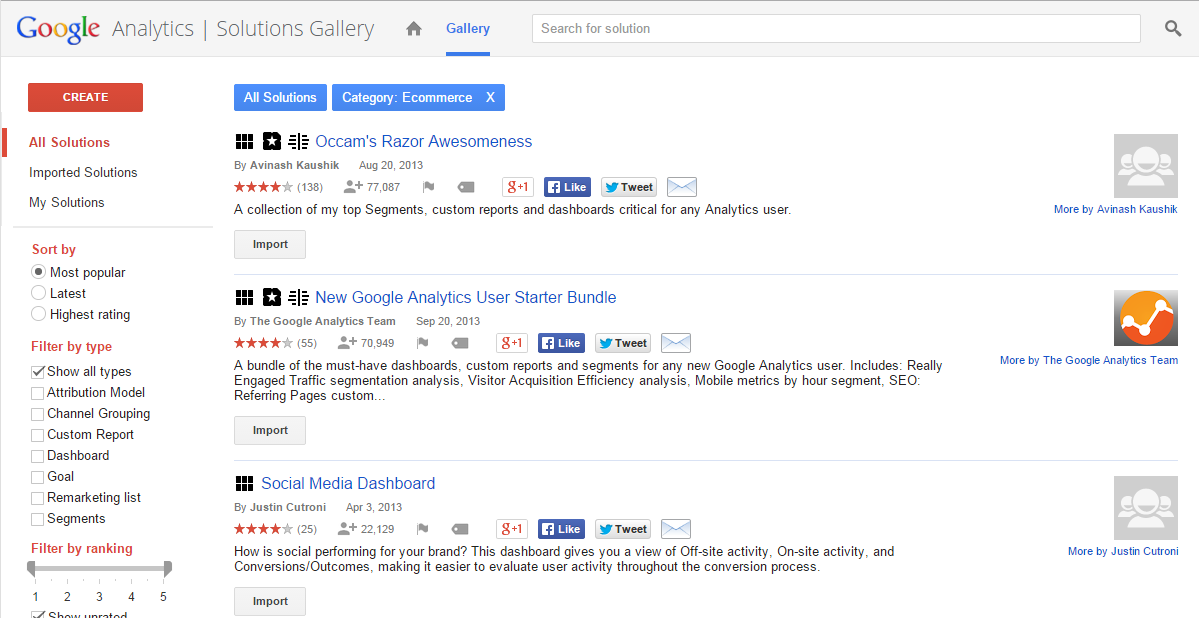Measure what is measurable, and make measurable what is not so. – Galileo GalileiThe number of visitors, time spent browsing your products and their conversion rate into actual sales is are all great performance KPIs, but they are unlikely to help you generate actionable insights about what parts of your website need improvement. Don’t wait for a drop in revenue – let’s look into how you can use Google Analytics (the de-facto leader by far in web analytics) to get insights and identify issues early on.
1. Enable Google Analytics for Your E-Commerce Site
The first step in getting to know your customers is making sure that your website is prepared to share statistics with Google Analytics. Google Analytics setup is usually something that a webmaster does, but in case you are the one in charge there is a step-by-step guide to help you.2. Track E-Commerce Conversion Goals
Counting completed purchases is not really analytics – it’s keeping track of results. Ideally, you should keep track of all the major steps (or goals) of the customer decision points on your website. That will allow you to have a better grasp on the sales funnel and allow to compare users from different sources (including paid sources, a necessity when evaluating ad dollar spend); from users on different devices (to answer the question like: do your mobile users browse only for research, or for with the intention to complete the purchase on the desktop?); evaluate your conversions on different browsers; etc.Make sure you are at least tracking these customer action goals:
- site search – with and without results
- view product
- add to cart event
- add to cart error
- proceed to checkout
- checkout error
- continue shopping
- payment method selection
- 404 errors
3. Import Google Analytics Dashboards
Browsing through the maze of all the available data within Google Analytics is very time-consuming, but can be drastically simplified with dashboard templates. The custom reports and dashboards are a quick way access key metrics. Once you’re logged into your Google Analytics account, follow the link to Google Analytics Solution Gallery’s e-commerce section. Google Analytics Solutions Gallery screenshot
The best part is that these dashboards can then be customized and shared with your colleagues. You should experiment with dashboards that meet your needs best, so don’t hesitate to install several ones right away, as you will be able to modify and delete them as needed.
If you are unsure which dashboard is the best choice for you, take a look at a review of 10 popular dashboards that can as easily be applied to your Google Analytics account.
Google Analytics Solutions Gallery screenshot
The best part is that these dashboards can then be customized and shared with your colleagues. You should experiment with dashboards that meet your needs best, so don’t hesitate to install several ones right away, as you will be able to modify and delete them as needed.
If you are unsure which dashboard is the best choice for you, take a look at a review of 10 popular dashboards that can as easily be applied to your Google Analytics account.